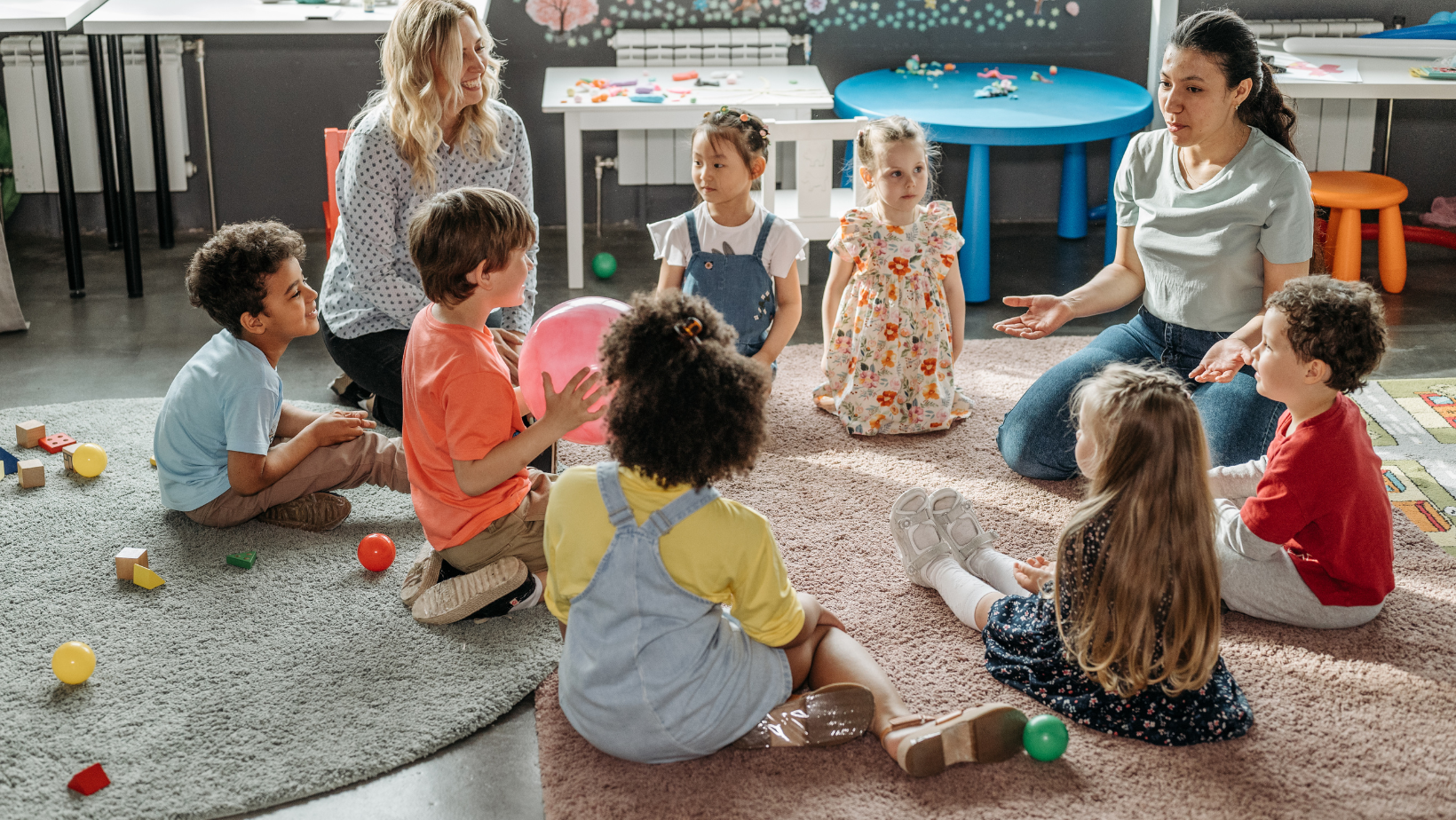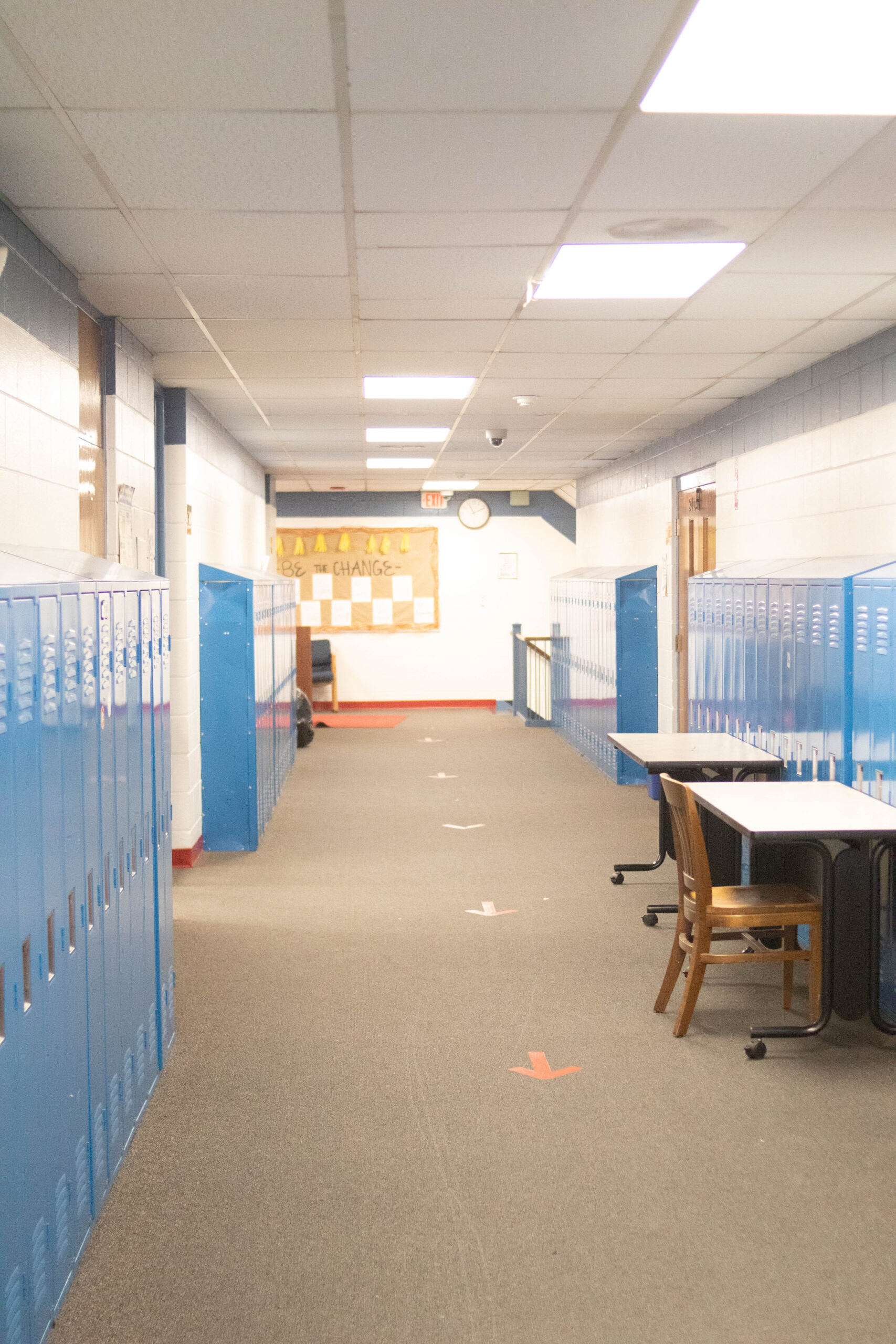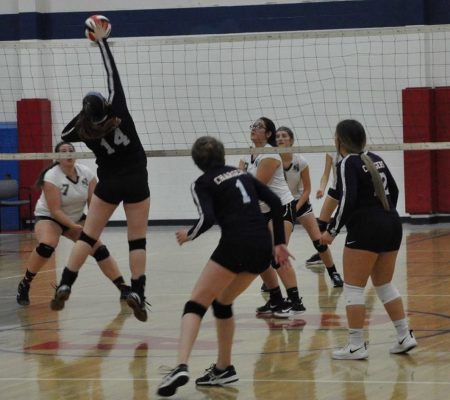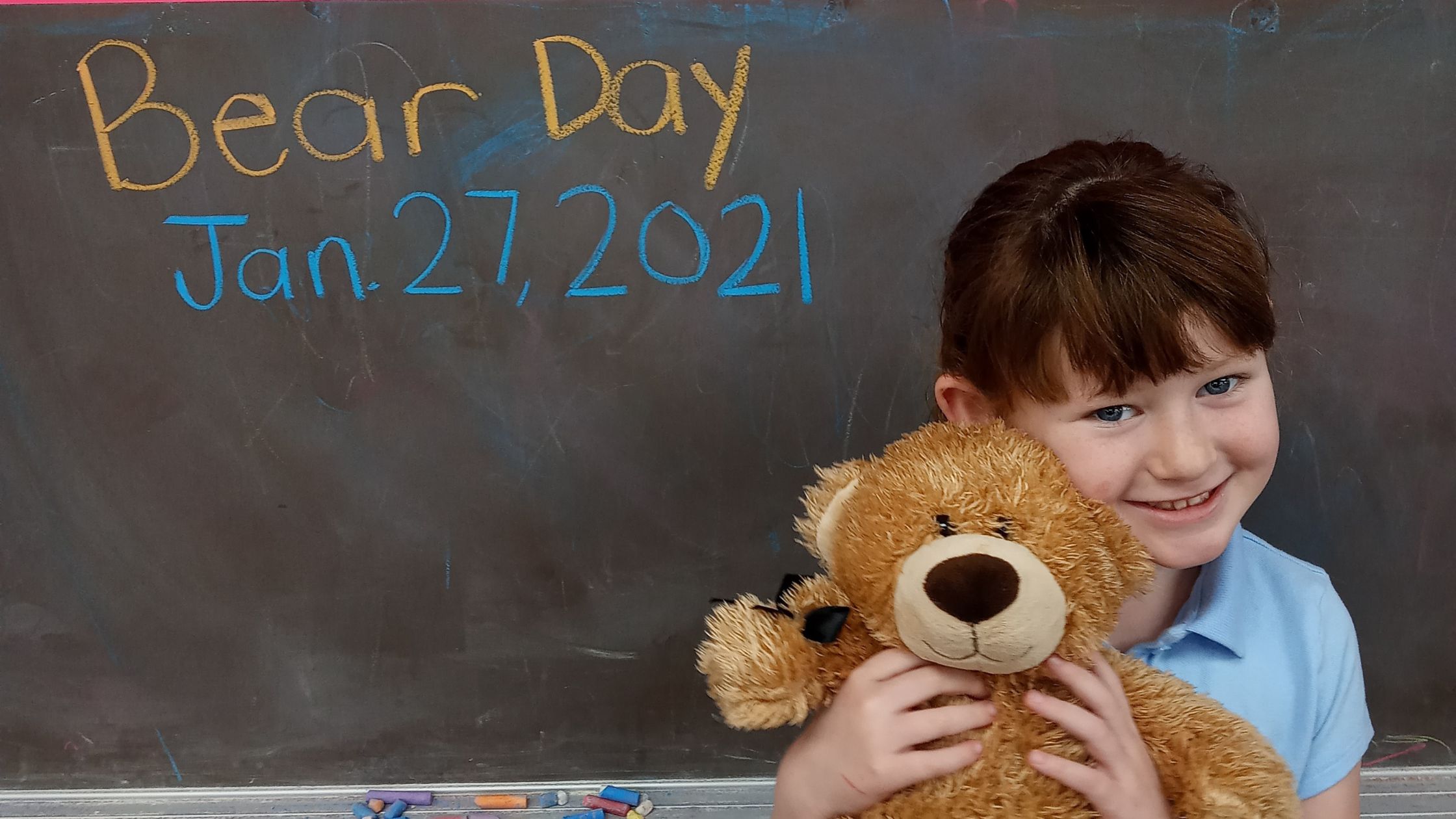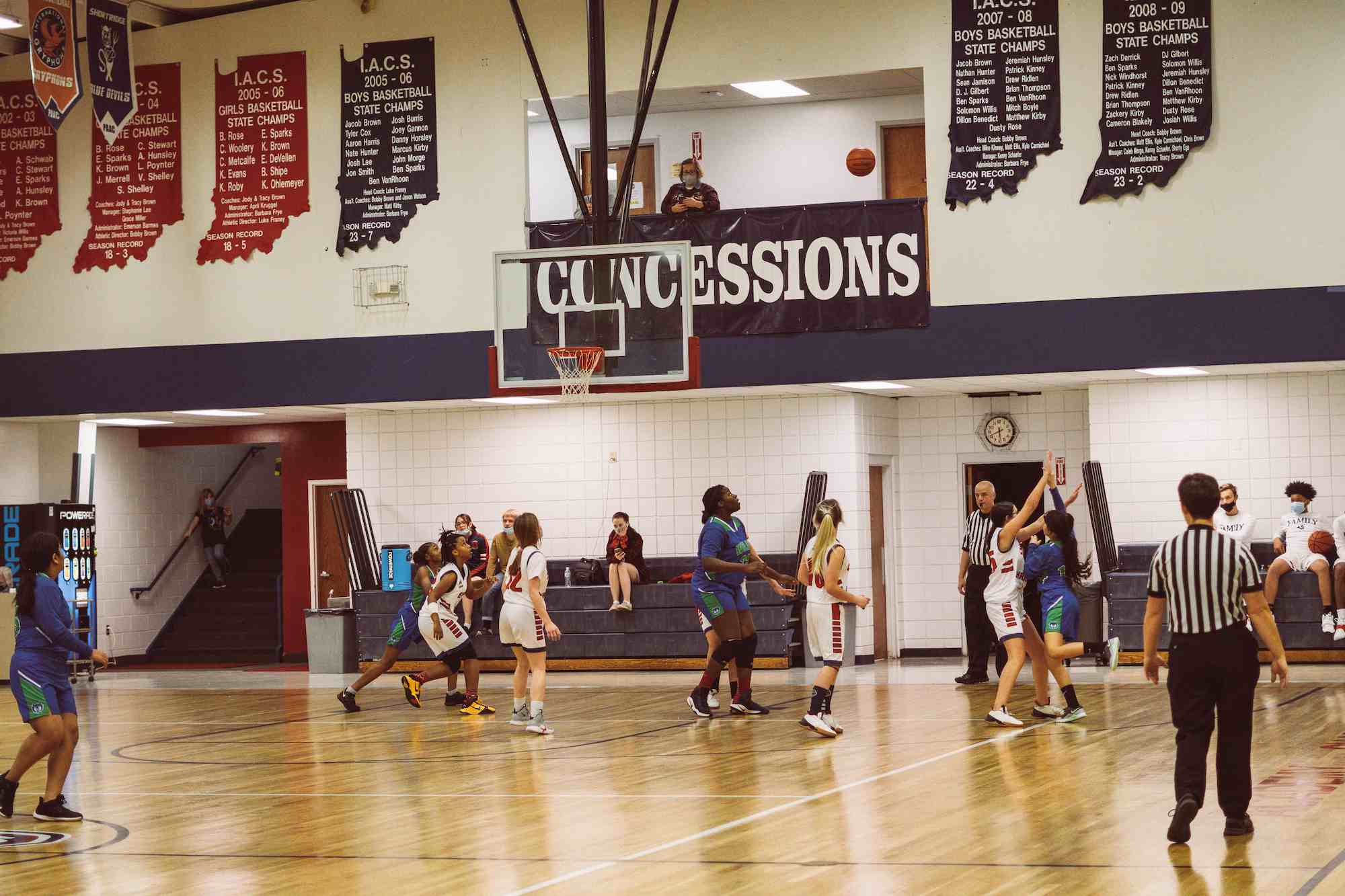Technology in education is like a bridge, connecting students to the world beyond their own classroom. This bridge allows students to cross into the realm of possibilities and gain access to personalized learning opportunities that would otherwise have been unavailable.
Education technology also has the power to unlock worlds of information and knowledge, helping students develop a deeper understanding and appreciation of the topics they are learning. Plus, it provides them with the digital tools to solve problems, build collaborations and engage in conversations that would have been impossible without access to technology.
However, it is important to remember that educational technology should not be used as a substitute for the traditional student learning process or teaching practices. Instead, educators need to use technology in combination with more traditional activities to maximize its potential in the learning environment.
In this blog post, we will explore how does technology help students learn and what benefits it can bring to student learning.
How Is Educational Technology Being Used In The Classroom
Educational technology is being used in classrooms across the world to enhance student learning. Educators can use educational technology to supplement existing teaching methods, such as lectures and discussions, or they can create entirely new learning experiences for their students. Some of the most popular ways that educators are currently using digital learning tools in their classrooms to improve student engagement include:
Virtual Learning Environments (VLEs)
VLEs are virtual reality digital tools that allow teachers to access, share and manage curriculum materials. They can also enhance student engagement by providing students with remote learning virtual classrooms where they can interact with their classmates and teachers.
Interactive Learning Games
Interactive learning games are a great way to improve student performance and overall test scores by getting them actively involved in the learning process. These educational games can range from simple flashcard activities to more complex problem-solving exercises.
Online Educational Resources
Education technology has made it easier than ever for teachers to find online educational resources that they can use as part of their lessons for student learning. This includes videos, audio clips, documents, and learning activities that students can access from a laptop or mobile device.
Interactive Whiteboards
Interactive whiteboards are an effective technology in the classroom as it keeps students engaged and motivated during lesson plans. They also allow educators to present visuals more easily and clearly than they could if they were writing on the board or using a projector.
Augmented Reality
Augmented reality is a technology that allows students to interact with virtual reality such as objects, images, and environments. This can be used in the classroom to help students explore topics in a more immersive and engaging way.
All in all, educational technology lies at the heart of an evolving learning ecosystem. It has become a powerful tool for teachers to support student learning, engage students in the classroom, and enhance student achievement.
How Does Technology Help Students Learn
The use of education technology in the classroom has many benefits for students and educators alike. Here are some of the most significant:
More Teamwork and Collaboration
By using education technology, teachers can create more opportunities for teamwork and collaboration among their students. This helps to foster a sense of community within the classroom as well as encourage students to develop important social skills.
It also gives teachers the ability to assign group projects, review class material together, or use other project-based learning tools. Hence, they can benefit from the collective knowledge of their peers while expanding on their own personalized learning experiences.
Better Communication
Instructional technology in the classroom makes it easier for educators to communicate with their students and colleagues, both inside and outside the classroom. This can help to create a more connected learning environment in which everyone is kept informed of what’s happening and can contribute regardless of a physical classroom, as shown with online education.
With better communication, teachers are able to respond more quickly to student inquiries and get help from their peers if needed. Plus, they can keep track of student performance more easily.
Personalized Learning
Education technology makes it easier for teachers to customize their lesson plans to meet the needs of each student. This can help to ensure that all students are getting the same amount of attention and have access to the same level of learning materials and homework assignments.
Plus, technology allows teachers to provide students with personalized learning and feedback or instruction to each student based on their individual needs. This can help to improve student achievement and help students learn at their own pace.
Better Preparation For The Real World
By using education technology, teachers can help to prepare their students for the real world by introducing them to technology tools they’ll be expected to use once they graduate. Evidence suggests that due to the pandemic, digital skills have become a necessity due to the movement to online spaces.
For example, many online education platforms offer simulated work environments where students can practice skills such as project management and problem-solving while fostering professional development.
With additional career guidance services, teachers can also use technology to help students find internships and job opportunities that fit their unique interests and abilities.
Improving Students’ Critical Thinking
Technology can also help to improve students’ critical thinking skills by allowing them to analyze and evaluate data more quickly and effectively. For example, many online education tools are designed to help students visualize complex data sets in order to better understand the meaning behind the numbers. This shows that technology impact student learning positively by fostering more meaningful discussions and debates in the classroom, to overall boost test scores.
What Are The Impacts Of Education Technology On Students
Overall, the use of education technology impact student learning positively. Here are some of the most significant:
Increase Student Engagement
Using technology in the classroom can help to engage students who may be more visually or kinesthetically inclined, creating a more personalized learning process. For example, augmented reality can help improve student engagement by helping them visualize complex concepts more easily and make the learning process much more interesting.
Plus, online learning enables teachers to assign engaging activities to boost student engagement even when they’re away from the classroom. This can help to ensure that no student falls behind due to an inability to attend in-person lectures.
Deeper Knowledge Of The Topic
Technology impact student learning by helping students gain a deeper understanding of the topics they’re studying and adding to the learning process. For example, online learning management systems and resources can be used to supplement traditional teaching methods, such as lectures and readings. This helps to ensure that all students have access to the same materials and can gain a more comprehensive knowledge of the topics being studied.
Teachers are also able to use other technology tools as a way to assess student work and provide feedback in real time. This can help to ensure that all students are learning at their own pace and can work to understand any concepts they may be having difficulty with.
Improved Comprehension
The use of technology also makes it easier for teachers to communicate concepts to their students in a way that’s more understandable. For example, the use of technology such as videos on digital devices can help to break down complex concepts into simpler parts that are easier to understand. This can help to improve student comprehension, foster self-paced learning and enable them to better apply the concepts they’re learning in their everyday lives.
What’s more, the use of technology can help to foster a more engaging self-paced learning environment, as students can work at their own pace and access the resources they need whenever they need them. This can help to ensure that all students are able to achieve a deeper level of knowledge in their chosen student interests.
Lastly, when educators integrate technology or create blended learning, it allows students to interact with each other and their teachers in real-time. This can help to turn the traditional classroom into a more collaborative space, where students can engage in meaningful conversations about the topics being discussed.
What’s Next For Education and Technology?
The use of technology in education is still in its early stages. Nevertheless, it has already been proven to have a very positive effect on student learning and achievement from the elementary school level and high school to beyond.
Therefore, we can expect to see more technology being used in the educational system, such as virtual reality tools, augmented reality tools, and artificial intelligence-based applications. These tools will be able to provide students with an even more immersive learning experience that can help them understand concepts better and apply them in real-world scenarios.
As technology advances and educators become more familiar with the tools available to them, it is likely that there will be an even greater impact on student learning. Hence, we can expect to see more teachers using technology to customize the learning experience for their students.
By using personalized learning tools, they can tailor instruction to meet individual needs and help each student reach their full potential.
Ultimately, by leveraging the power of technology in education, we can create a better future for all students. With the right tools and resources, educators will be able to provide students with the skills they need to succeed and make a positive impact on their communities.

